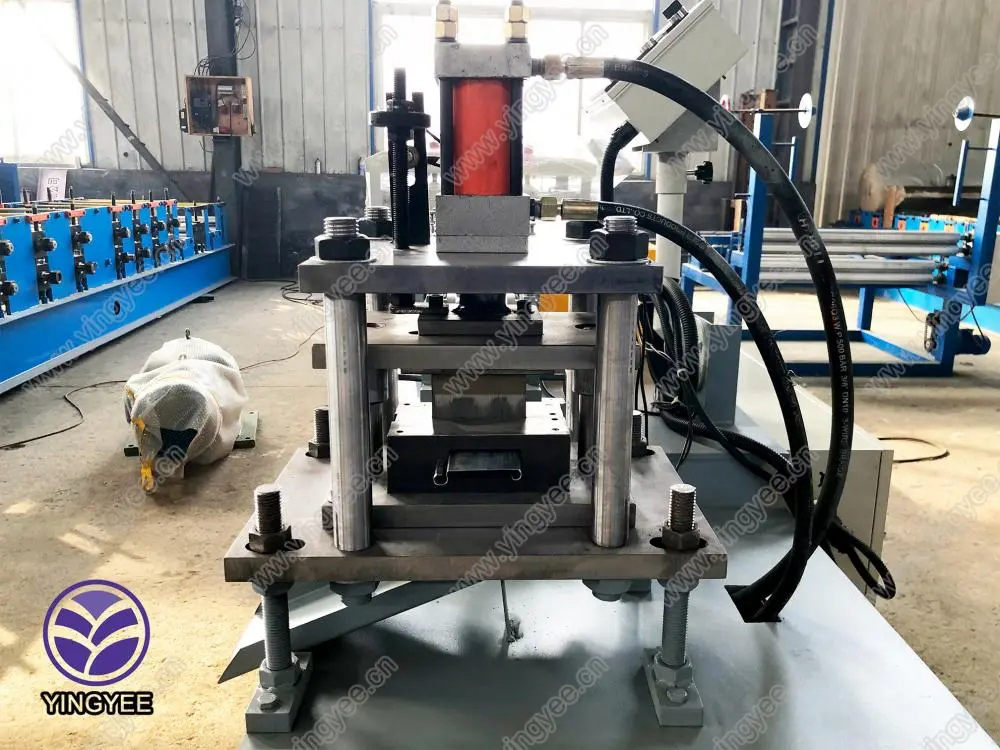The Evolution and Importance of Standing Seam Making Machines
In the realm of modern construction and roofing, the standing seam has emerged as a popular choice due to its durability, aesthetic appeal, and weather resistance. Standing seam roofing systems consist of vertical panels that are interlocked through a raised seam, enabling effective water management and enhanced structural integrity. With the growing demand for such roofing solutions, the standing seam making machine has become a vital tool in the manufacturing process.
What is a Standing Seam Making Machine?
A standing seam making machine is an industrial apparatus designed to fabricate metal sheets into standing seam panels. These machines operate through a series of processes that involve uncoiling metal rolls, forming the sheets into the desired shape, and then cutting them to specified lengths. The machines can handle various materials, including aluminum, steel, and copper, allowing for versatility in roofing projects.
Benefits of Using Standing Seam Making Machines
1. Efficiency One of the main advantages of standing seam making machines is their ability to produce panels quickly and efficiently. Automated systems minimize human error and increase production rates, allowing manufacturers to meet high demand with precision. This efficiency directly translates to reduced labor costs and faster project turnaround times.
2. Customization Modern standing seam making machines offer extensive customization options. Manufacturers can adjust settings to create panels of different widths, lengths, and profiles, catering to the specific needs of various roofing projects. This flexibility ensures that architects and builders can optimize the design of structures without compromising on functionality.
could standing seam making machine
3. Quality Control The advancements in technology have greatly improved the quality of the standing seam panels produced. With automated quality control systems integrated into these machines, manufacturers can monitor production in real-time, ensuring consistent output and adherence to industry standards. High-quality panels contribute to longer-lasting roofs and minimize the risk of leaks or failures.
4. Reduce Waste By optimizing material usage, these machines help in reducing waste significantly. Advanced systems calculate the exact amount of material required for each project, cutting down on excess and lowering costs. This aspect not only benefits manufacturers financially but also contributes to more sustainable building practices.
The Future of Standing Seam Making Machines
The future of standing seam making machines looks promising as innovations in technology continue to advance. The integration of smart technologies, such as IoT (Internet of Things) and AI (Artificial Intelligence), is set to revolutionize the manufacturing process. Smart machines can communicate with one another and with production management systems to enhance workflow and improve productivity.
Moreover, as sustainability becomes a focal point in construction, the demand for energy-efficient and environmentally friendly roofing solutions will likely drive further advancements in standing seam making machines. Manufacturers will be encouraged to develop machines that facilitate the production of eco-friendly materials, aligning with global sustainability goals.
Conclusion
In summary, standing seam making machines play a crucial role in modern roofing solutions, providing efficiency, customization, and high-quality output. As technology evolves, these machines will continue to adapt, meeting the ever-increasing demands of the construction industry. Their ability to produce durable and aesthetically pleasing roofs not only enhances the functionality of buildings but also contributes to the overall sustainability of the industry. As we move forward, embracing these technological advancements will be essential for manufacturers and builders aiming to stay competitive in a rapidly changing market.







